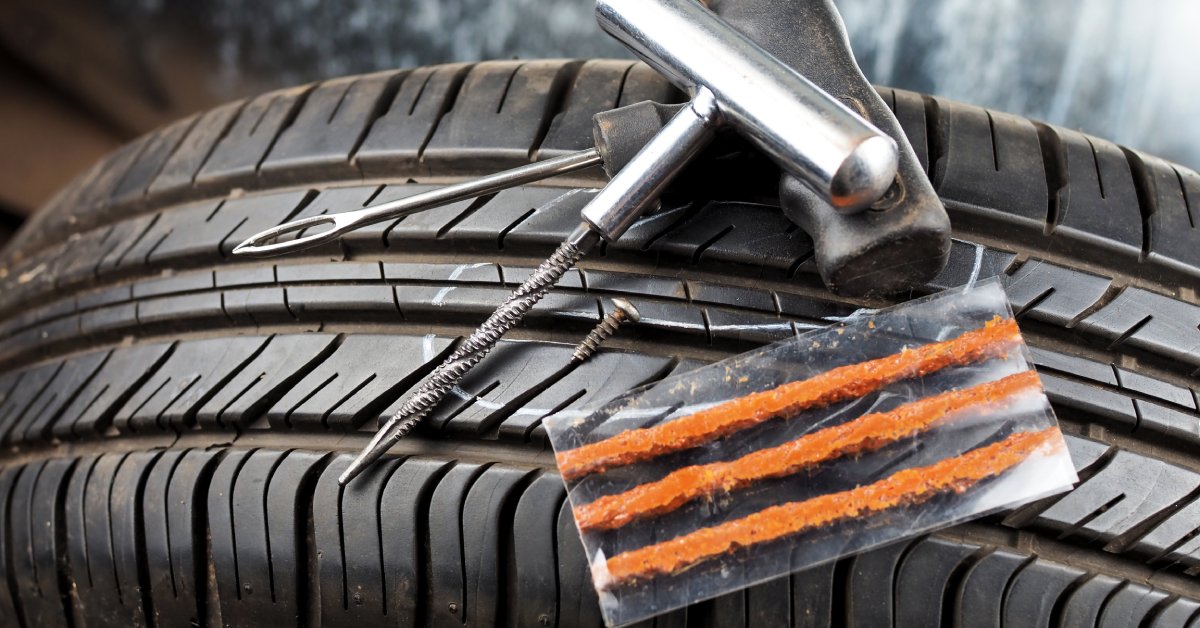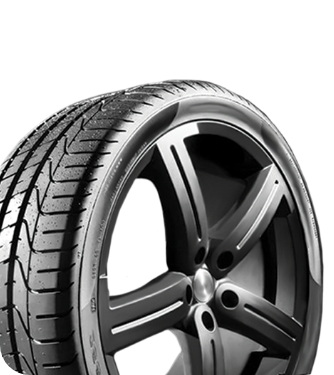
Emergency Tire Maintenance: How To Stay Safe on the Road
Safety Tips |Every year, thousands of accidents in the United States are caused by tire-related issues. They can pop up at any point in your car, from your morning commute to work or when you’re heading out for a weekend road trip. When tire problems strike unexpectedly, knowing how to handle them safely can mean the difference between a minor inconvenience and a dangerous situation.
Learning about emergency tire maintenance can keep you safe on the road and prevent serious accidents during your daily drives. Emergency tire maintenance isn’t just about changing a flat tire; it also encompasses recognizing early warning signs and implementing quick fixes that can help you get to safety. Follow this comprehensive guide to equip yourself with the knowledge and confidence to handle any tire emergency.
Recognizing Tire Emergency Warning Signs
Your tires communicate with you long before they fail. Learning to interpret these signals can prevent dangerous blowouts and costly roadside emergencies.
Visual Inspection Indicators
Tires can show you problems before you notice them while driving. Quick visual checks can help you notice any tire issues that may arise during your regular commute. This includes uneven wear patterns, which can indicate alignment issues or improper inflation.
Bulges or bubbles on the sidewall signal internal damage that could lead to sudden failures and put you in dangerous situations. Deep cuts, punctures, or objects embedded in the tread also require immediate attention.
Tread depth is another important indicator of tire health and possible emergencies. The penny test is an effective test that can help you determine if your tire is ready for the road. Start by placing a penny into the tread with the head facing down, and if the top of its head is visible, then you need to replace your tires.
Performance Warning Signs
Vehicle behavior changes often occur when tire problems develop. Vibrations through the steering wheel often indicate tire imbalance or internal damage. The car pulling to one side suggests uneven tire pressure or wear. Increased road noise can signal irregular wear patterns or tread separation beginning to occur.
Monitor your tire pressure monitoring system alerts carefully. These warnings appear before the issue becomes critical, which gives you time to address the issue safely.

Essential Emergency Tire Tools and Preparation
Proper preparation transforms a potential disaster into a manageable situation. Your emergency toolkit should include specific items that work effectively for your vehicle type and driving conditions.
Basic Emergency Kit Components
Every vehicle should have a properly inflated spare tire, or a “donut” spare, which is commonly found in modern cars. Check your spare tire’s pressure every month, since it can also lose air over time.
Include a reliable jack rated for your vehicle’s weight, along with a lug wrench that fits your wheel bolts perfectly. Also, include a tire pressure gauge that allows you to assess problems accurately before attempting repairs.
Advanced Preparation Items
Consider upgrading your basic kit with additional tools for enhanced safety and effectiveness. A portable air compressor can reinflate tires after temporary repairs or address slow leaks. An LED flashlight or headlamp ensures visibility during nighttime emergencies.
Step-By-Step Emergency Tire Change Procedure
Knowing how to change a tire protects both you and other drivers. Rushing through these steps can increase accident risks and damage your vehicle, so explore these steps to learn the best way to change your tire.
Safety First: Positioning and Setup
Pull completely off the road when possible and park in a level, stable area away from traffic so that changing your tire is easier. Turn on your hazard lights and engage your parking brake.
Position your vehicle’s occupants safely away from traffic, preferably behind a barrier if available. You should never attempt tire changes on busy highways without calling for professional assistance.
Tire Removal and Installation
Locate the jack points on your car, as shown in your owner’s manual. Loosen the lug nuts slightly before raising the vehicle with the jack, since this will prevent the wheel from spinning freely.
Raise the vehicle until the damaged tire is completely off the ground, and now you can fully remove the lug nuts. Store them in a secure location so they won’t roll away from you. Pull the tire straight toward you to remove it from the hub.
Install your spare tire by aligning the bolt holes carefully. Replace lug nuts hand-tight initially, then lower the vehicle until the spare tire touches the ground but still supports some weight. Tighten lug nuts in a star or crisscross pattern to ensure even pressure distribution.

Temporary Tire Repair Solutions
Sometimes a full tire replacement isn’t possible, but you can still repair it until you get to safety or find professional help.
Tire Sealant Applications
Tire sealants work effectively for punctures that are less than 6 mm in diameter around the tread. These products inject through the tire valve and seal the holes from inside as the tire rotates.
If you use this solution, immediately drive afterwards to distribute the sealant evenly throughout the tire. Most sealants provide temporary fixes lasting 50-100 miles at reduced speeds, giving you time to reach professional repair services.
Plug and Patch Considerations
Emergency tire plugs can temporarily seal larger punctures when applied correctly. Clean the puncture thoroughly before inserting the plug material. These repairs are most effective on straight punctures in the tread area, completely avoiding sidewall damage.
Remember that emergency plugs serve as temporary solutions only. A professional inspection and proper repairs remain essential for long-term safety and tire performance.
Preventing Future Tire Emergencies
Proactive maintenance can dramatically reduce emergency tire situations and save you time and money while on the road. Regular maintenance starts with tire pressure checks each month, which can prevent damage from improperly inflated tires.
Paired with maintenance, smart driving habits can keep your tires safe. Avoid potholes, debris, and construction zones whenever possible, as they can cause damage to your tires.
Don’t overload your vehicle beyond the manufacturer’s specifications, as excess weight stresses the tires beyond their design limits. Keep your vehicle properly aligned and balanced to prevent uneven wear patterns.
Stay Prepared, Stay Safe
Emergency tire maintenance skills can provide confidence, safety, and peace of mind for every driver. Track your tire maintenance schedule and ensure that you don’t miss crucial maintenance intervals that can help you prevent emergencies.
Remember that tire emergencies happen to everyone, but proper preparation transforms these challenges into manageable situations. If you need to replace your tires, visit RNR Tire Express’ tire shop in Clovis to find the right replacements for your vehicle. Our skilled team can help you find the right options for your car and budget. Visit us today to find the best tires and avoid stress on the road.





